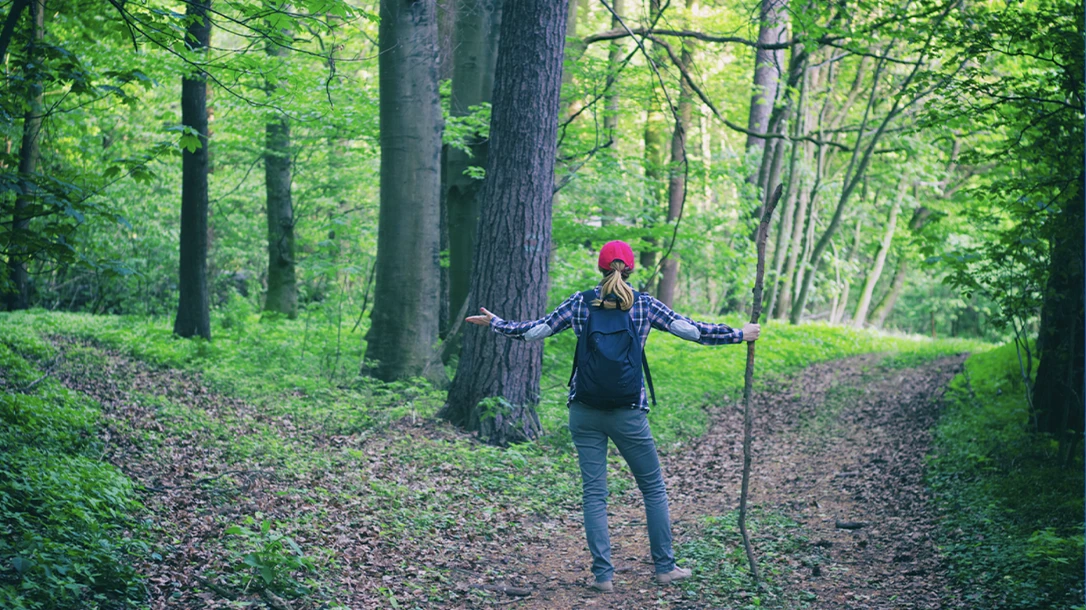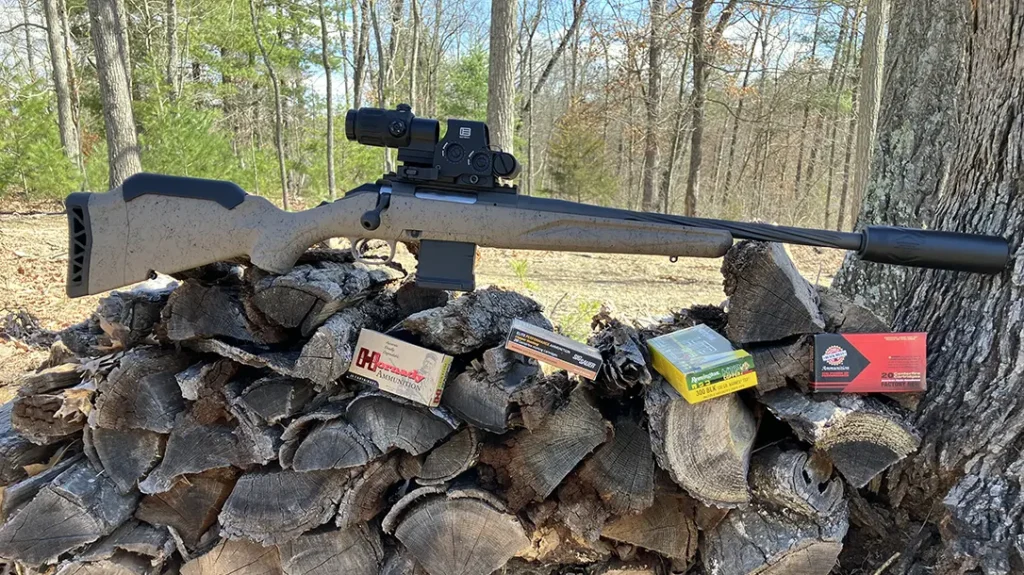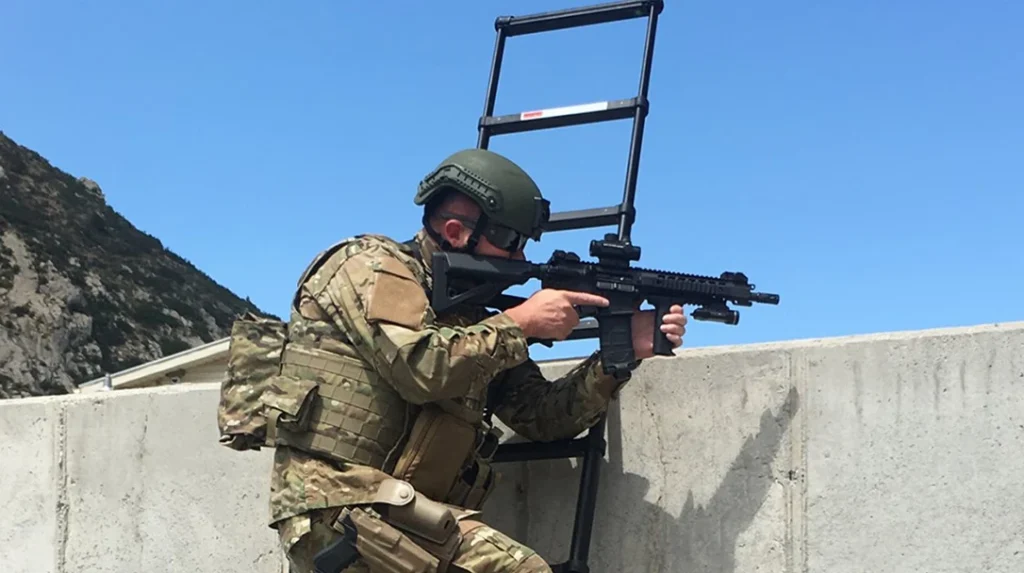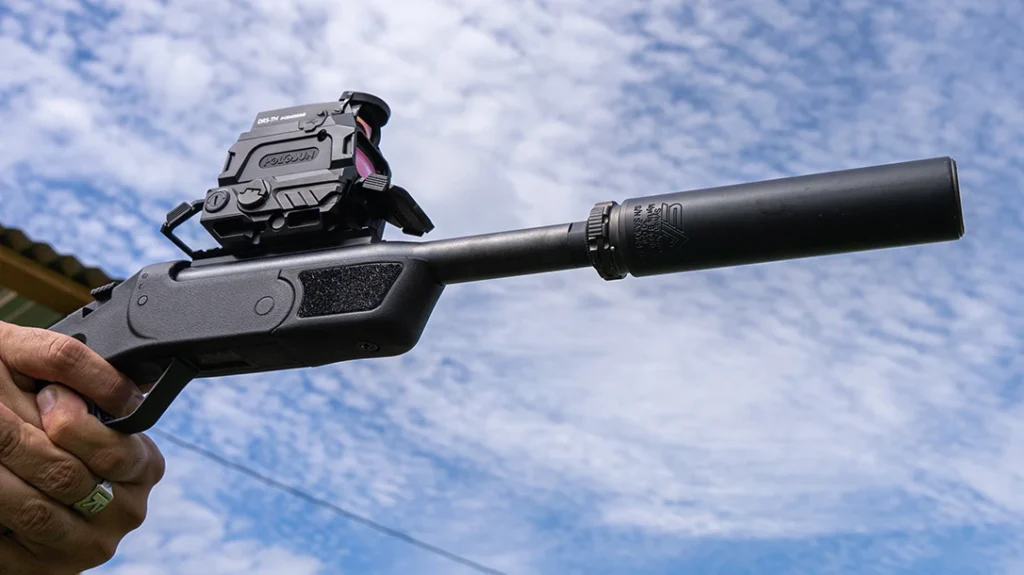The great outdoors can be a place full of wonder and adventure. Despite its beauty, the outdoors can also be a dangerous and cruel environment for anyone who doesn’t respect it.
Each year, scores of visitors get lost or go missing in national parks. Being educated and aware of what to do if something goes wrong is crucial for survival.
Let’s explore five outdoor survival tips that could potentially save your life in case you might happen to get lost in the wilderness.
Advertisement — Continue Reading Below
Relax & Remain Calm

Panicking is one of the worst and most counterproductive things you can possibly do if you find yourself lost in the woods. Even though it’s a completely normal human response, it isn’t a helpful one. It leads to irrational decisions and prevents you from thinking clearly. As a result, you could end up making bad decisions and finding yourself in even more trouble. By staying calm, you can assess the situation and figure out a solution.
Practicing the ‘STOP’ Method
Practicing the STOP method is a good way to remain calm during any situation. This technique whose acronym stands for “Stop, Think, Observe, Plan,” can help you keep a level head and make rational decisions.
Advertisement — Continue Reading Below
STOP
Once you’re calm, the first step is to stop whatever you’re doing. If you’re lost, it is important to stay put. Do not wander around. By staying in the same area, search-and-rescue personnel will have an easier chance of finding you. It also helps you conserve energy and reduce the chances of injuring yourself–which could worsen the situation.
THINK
By taking a moment to collect your thoughts, you can mentally retrace your steps and even remember potential landmarks that you last saw prior to getting lost. Stopping and thinking may help you return to a safe location.
OBSERVE
Observe your surroundings.
Advertisement — Continue Reading Below
What does your environment look like?
Is there a water source nearby?
How about signs of human activity?
Advertisement — Continue Reading Below
Analyzing the environment around you can help you make informed decisions on what to do next.
PLAN
Once you’ve stopped to collect your thoughts and observe your surroundings, you can make a plan based on those observations. Planning can be as simple as creating shelter, retracing your steps, finding a water source or simply choosing to stay put.
Water, Food & Shelter

Advertisement — Continue Reading Below
Every human needs water, food and shelter to survive. In a wilderness survival situation, prioritizing these three different elements can mean the difference between life and death.
For example, when dealing with the elements such as wind, rain and harsh sunlight, you risk dealing with hypothermia or hyperthermia. Having a safe area to stay dry, warm and / or cool is a top priority.
Hollow trees, caves and rock overhangs are great natural features that can be improvised as shelter. You can also create your own shelters. Use natural materials like branches, logs and leaves and lean-to shelter. Lean-to shelters are basic improvised shelters with three walls and a sloping roof. They’re called lean-tos because they’re usually leaned against a rock or tree or anything else than can support the shelter.
Advertisement — Continue Reading Below
After securing shelter, finding a water source becomes important. Your best option is flowing water from streams or rivers. Collecting rainwater is also viable. Look for signs of nearby water. These include clues like green vegetation or damp ground.

After water, finding food is the next step. It’s a good idea to research safe food sources in the area you’ll be visiting before even thinking about heading out. Generally speaking, survival foodstuffs include berries, plants, nuts or even insects. However, if you cannot recognize the food as safe, do not eat it.
Advertisement — Continue Reading Below
Importance of Boiling Water
Just because you found a water source in the wilderness does not mean it is automatically clean or safe to drink. Treating your drinking water is highly recommended to kill bacteria, viruses and parasites. Bringing water to a rolling boil for a few minutes is a simple way to purify water in a pinch. Remember, the higher the altitude the longer the boil.
Signaling for Help

Knowing how to signal help for help is a valuable survival skill too. One easy way is to use a whistle. Pop three rapid blasts of a whistle to let people know you’re in trouble.
Advertisement — Continue Reading Below
You can also spell out “Help” or “SOS” using branches, sticks and logs. Be sure to use contrasting materials and place them in an open area that can be seen clearly from afar.
You can also use reflective surfaces, like survival mirrors to create a flashing light that can be seen across long distances from air or ground. Three short flashes, three long flashes, and three short flashes are the universal morse code for ‘SOS.’
Heading Home
When traveling outdoors, it pays to be prepared. By knowing to remain calm, practicing the STOP method, creating shelter, boiling water and signaling for help–your odds of surviving in the wilderness in case something happens dramatically improves.
























